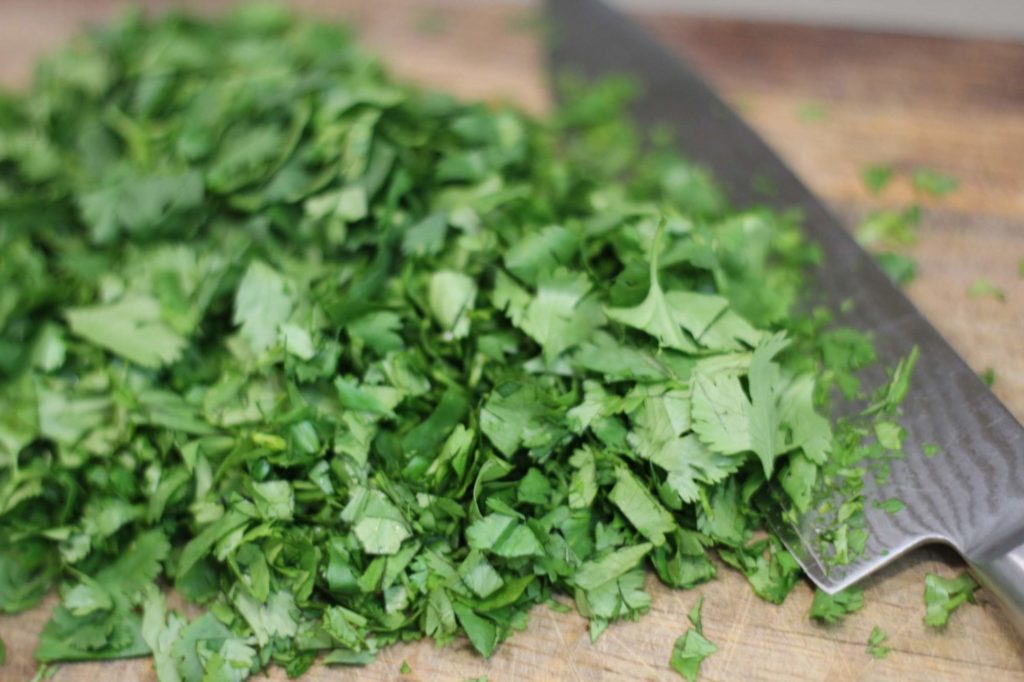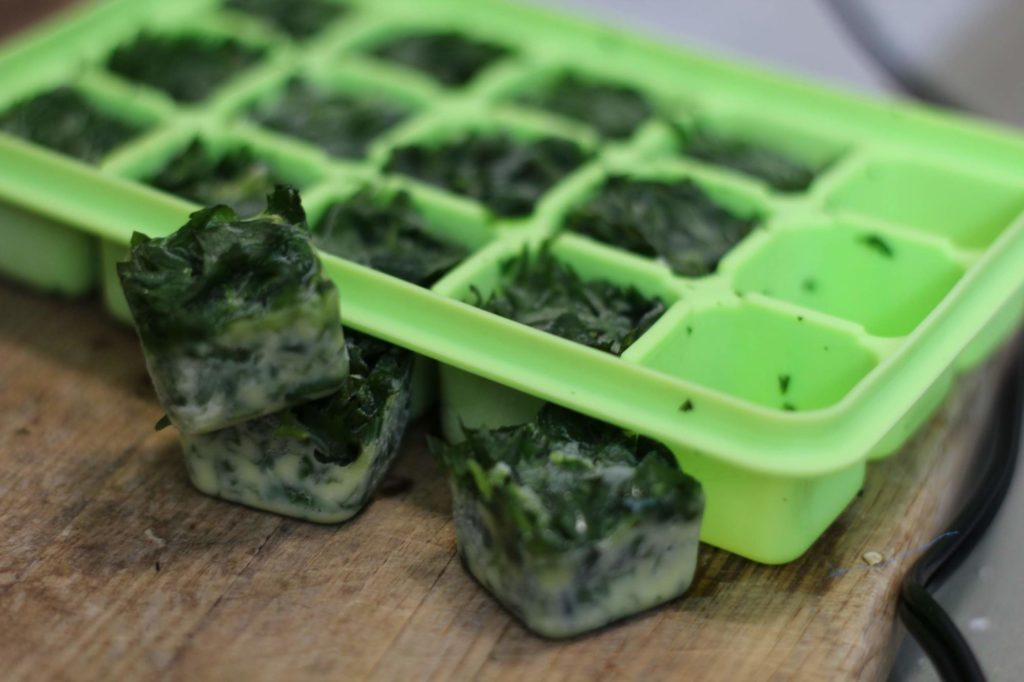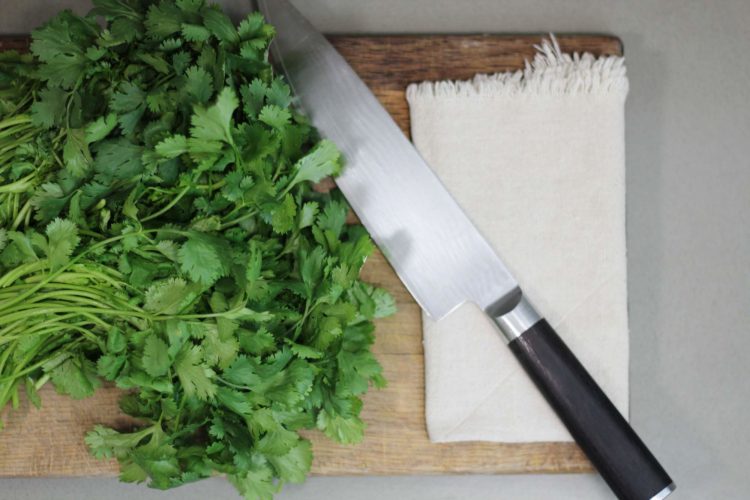Misadventures in Recipeland
It’s happened to all of us.
Picture this: you’ve come across the most bomb-diggity recipe to make for you and your peeps. It requires a fair number of ingredients, but nothing you can’t handle. In fact, you’ve used all the same ingredients before.
This particular recipe calls for basil, but, wait for it…it’s the middle of November. A little baby container at the grocery store costs way too much to justify using it and no vendor at the farmers’ market has it.
Enter: Lessons in Supply and Demand
What we often forget is that the produce market (much like anything else in a capitalist, economic system) is based on supply and demand. Where produce differs from many other markets is that on top of supply and demand, it is limited by the growing season, which, ironically, sways the supply and demand of the product.
It’s true, we live in a world where many things can be grown or are offered year-round – especially when they’re grown in warmer/cooler climates other than our own and shipped to us. In turn, we’ve become spoiled by the notion that any vegetable, fruit, or herb is available at a reasonable price whenever we want it. This is not entirely true. Basil grows better in warmer weather. So, that summer Caprese salad, or classic Italian pesto with fresh basil isn’t going to be easy to find when you need it for your Thanksgiving meal. If anything, these are more involved lessons in learning more about how and what to eat seasonally – so, it works for your meal planning and your budget!
Herb Hack
Back to our basil-laden, summer salad. Say we want basil, even in the fall, and we’re definitely not into spending $5 for a few sprigs.
Behold – the ice cube tray! Your best friend, regardless of the season, and a surefire way to cheat the seasonal herb system.
It requires a little more forethought, but whenever basil is permeating the farmers market stalls, or when sage is in the forefront of grocery store displays, these are moments of opportunity to stock up!
Step 1: Chop them up.

Step 2: Fill each cell with herbs.

Step 3: Top with a favorite oil.

Step 4: Pop out of the freezer whenever a recipe calls for the herb you’ve got.

Stretching the season
Not so into the ice cube tray idea? There are ways to stretch the season a little bit (without all the prep)! Sometimes herbs come with the root system still attached. Basil happens to be a common one.
Lightly cover with a plastic produce bag with a few holes poked in it and keep outside the fridge (basil loves the heat!). This acts as a little greenhouse system, keeping things aerated with a sufficient amount of CO2 to help keep it alive.
If you’re looking to create new growth from woody herb trimmings, like thyme or sage, consider cutting at the node on the stem, removing all leaves below that point, and sticking in water to wait for growth.














One reply on “Quick Kitchen Tip: How To Preserve Herbs”
Great tip – thank you!